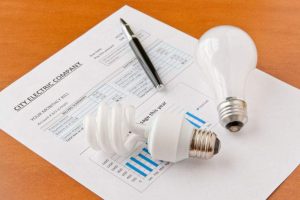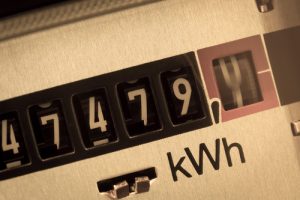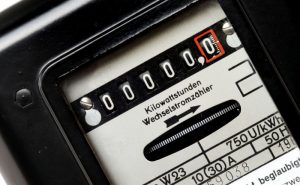Understand Energy charges in electricity bill and how average monthly bill is disadvantageous
Have you received your electricity bill recently and you are trying to understand what are the energy charges on your electricity bill? If that is the case then you are not alone, as electricity bill is the most complex bill that one receives. In case you came here looking for calculation of electricity bill, you can use online electricity bill calculator in the article: Online Electricity Bill Calculator – For all states in India. In case you are trying to understand what it actually means, then it is the charges for the electricity you have used (excluding the fixed charges and other rents).
How are energy charges calculated?
Electricity consumption is recorded in terms of kWh (Kilowatt Hour) or Units by the electricity meter installed in your premise. A Kilowatt Hour is equivalent to running an appliance of 1 Kilowatt (or 1000 Watts) for 1 hour. A person from your utility (or DISCOM or distribution company) visits your premise at a selected frequency (in most states it is monthly, but in some states it is bimonthly or even quarterly based on choice) and records the reading on your meter. This meter reading is subtracted from your previous meter reading to come up with the units consumed (or kWh consumed) for the period. The units consumed are then applied to a slab based tariff structure to come up with energy or electricity charges.
How is slab based tariff structure designed?
In all states the tariff structures for residential consumers are designed in such a way that per unit charge is less if your consumption is less and more if your consumption is more. In fact it increases significantly as you increase your electricity consumption. For e.g. in Mumbai Reliance energy has following tariff:
First 100 units: Rs 2.96/unit
Next 200 units (from 101 to 300): Rs 5.56/unit
Next 200 units (from 301 to 500): Rs 9.16/unit
Any units after that (above 500): Rs 10.61/unit
So taking the above case, if your consumption is less than 100 units, you just pay Rs 2.96 per unit. But if your consumption increases beyond 500 units, every unit above 500 is charged at Rs 10.61 per unit. So if you consumed 540 units in a month, your bill will be calculated as:
First 100 units @ Rs 2.96 = Rs 296
Next 200 units @ Rs 5.56 = Rs 1112
Next 200 units @ Rs 9.16 = Rs 1832
Final 40 units @ Rs 10.61= Rs 424.4
So if you see you pay higher amounts per unit as your consumption increases. The motive behind such structure is to motivate people to consume less electricity.
In case you want to see the tariff structure applicable in your location, you can check our link: Domestic LT Tariff Slabs and Rates for all states in India in 2015.
Average billing: how it can make your bills high?
There are times when the person who comes for meter reading does not find you at home and you get a bill with average amount (or average consumption). Most of the times there is no basis for this number and is typically calculated based on your past consumption. The actual consumption is adjusted on number of units in the bills in following months. There can be 2 possibilities on this assumption:
- The estimated consumption is more than your actual consumption: In this case, if your actual consumption was in a lower slab but the estimated consumption is on higher slab, you pay more per unit for some of the units. Even if the numbers of units are adjusted in your next bills, you may have paid more per unit when you should have actually paid less.
- The estimated consumption is less than your actual consumption: In this case the differential units get accumulated and can possibly make your consumption go to the higher slab, and you again pay more per unit of electricity consumption.
Thus it is very important that the person coming for meter reading is able to do his job everytime. In case you get into a situation, make sure that you validate your amounts (you can do that using our calculator) before making the payment.
Smart Meters: How can they help?
In the age of improving information technology, we have a solution for the problem discussed above: Smart Meters. These are electronic meters that are connected back with the utility through the Internet. With these meters, no one need to come to your place to take a meter reading as the smart meters send this information back to the utility. There are several places where projects are going on for smart meter implementation and we hope that we have such meters everywhere in our country soon.
About the Author:
Abhishek Jain is an Alumnus of IIT Bombay with almost 10 years of experience in corporate before starting Bijli Bachao in 2012. His passion for solving problems moved him towards Energy Sector and he is keen to learn about customer behavior towards Energy and find ways to influence the same towards Sustainability. More from this author.





